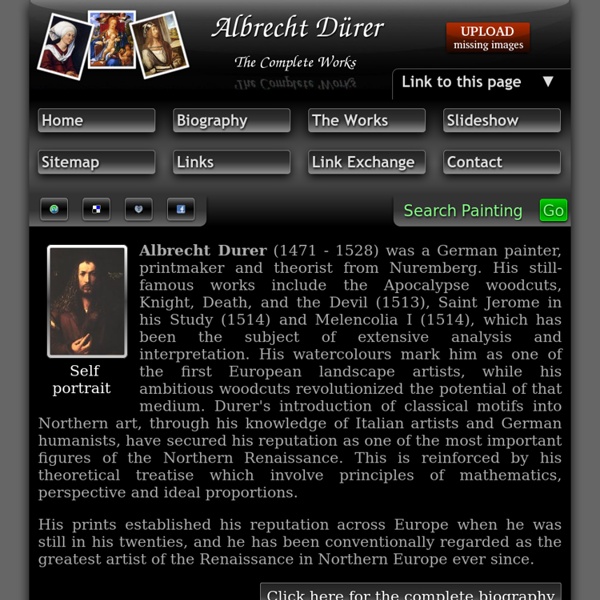



Les origines de l'estampe ...- Musée du Louvre - nov.2013 - Voir-ou-revoir Dans mon article précédent, j'ai présenté de nombreuses xylographies réalisées par Félix Vallotton autour des années 1900. La passionnante exposition du Louvre, Les origines de l'estampe en Europe du Nord 1400-1470, nous ramène ainsi cinq siècles auparavant et nous présente les techniques alors utilisées, la xylographie, le burin et celle plus méconnue du criblé. Les historiens s'accordent en effet, aujourd'hui, sur le fait que le pôle de développement et d'expérimentation de l'estampe se situe dans les pays germaniques entre 1400 et 1430. Il faut se rappeler néanmoins que l'estampe s'est aussi développée au XVe en France en Italie et dans les Flandres. Premières xylographies Elles sont peu nombreuses, estimées pour la période de 1400 à 1440 à environ 70 estampes. Le bois Protat C'est la première xylographie connue. Le bois Protat est une des merveilles de cette exposition Impression du bois Protat Une autre pièce déterminante des débuts de la gravure sur bois : Gravure au criblé
Albrecht Dürer Dürer's introduction of classical motifs into Northern art, through his knowledge of Italian artists and German humanists, has secured his reputation as one of the most important figures of the Northern Renaissance. This is reinforced by his theoretical treatises, which involve principles of mathematics, perspective and ideal proportions. Early life (1471–90)[edit] Dürer's godfather was Anton Koberger, who left goldsmithing to become a printer and publisher in the year of Dürer's birth and quickly became the most successful publisher in Germany, eventually owning twenty-four printing-presses and having many offices in Germany and abroad. Koberger's most famous publication was the Nuremberg Chronicle, published in 1493 in German and Latin editions. Because Dürer left autobiographical writings and became very famous by his mid-twenties, his life is well documented by several sources. Wanderjahre and marriage (1490–94)[edit] First journey to Italy (1494–95)[edit] Self-portrait, 1508
Le “Bois Protat”, le plus ancien bois gravé connu dans le monde occidental - 10 ans et après Actualités / News, Collections, La BnF Détail du Bois Protat - BNF, Estampes et photographie Le bois sur lequel a été gravé ce motif est une pièce exceptionnelle, d’une extrême rareté. Le motif gravé dans le bois montre la partie droite d’une Crucifixion, où sont figurés trois personnages debout : un centurion et deux soldats romains. Estampe imprimée à partir du Bois Protat Le Bois Protat, plus ancien bois gravé connu - BNF Odile Faliu (BnF) Pour en savoir plus : Trésors en dations à la BnF - 1968-2008 BnF, site F. Adresse du rétrolien (trackback) pour ce billet :
Cyflwyniad AA4 Gwneud Creadigol AA2 Cyd-Destunol AA1 Cofnodi Myfyriol AA3